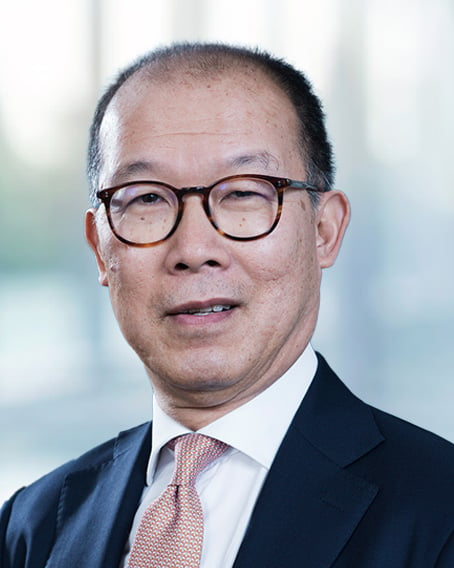Lincoln Tsang heads Ropes & Gray’s European life sciences practice. In addition to being a lawyer, he has a Ph.D. in toxicology and cancer pharmacology, as well as high-level health care regulatory experience in the UK, Europe and internationally.
From a regulatory standpoint, are there significant differences between oncology drug development in Europe (including the UK) and the United States?
Clinical development programs for oncology drugs are globally coordinated. International cooperative efforts continue to promote information exchanges related to the latest scientific developments in the field. These information exchange initiatives are aimed at supporting research and development of new therapeutic interventions. That said, there are some differences in the regulatory approach in the trial design to generate the level of evidence sufficient to inform the clinical meaningfulness of the treatment-related effect in order to support a positive benefit/risk evaluation. For example, the U.S. FDA and European regulators have differed in their selection of the primary study endpoints to establish whether a study drug is efficacious or not. There are also differences in the requirements in the post-approval obligations to generate comprehensive data to confirm the benefit/risk balance.
Much of your work involves treatments for extremely rare cancers. Have you seen changes in the approach to drug development for them?
I was very fortunate to be part of the academic research team involved in the development of an orally active anticancer drug, temozolomide, which is now an approved standard of care for treating the brain cancer glioblastoma. I have also regulated and advised companies involved in developing novel treatment modalities for rare blood and solid cancers. The most significant change in oncology drug development in the last two decades has been the seismic shift from conventional indiscriminate cytotoxics to drugs that affect signalling pathways for targeted therapies to be developed, thanks to a greater understanding of the biology of cancer. These new molecular targets are involved in how cancer cells grow uncontrollably, spread, and develop resistance and tolerance, among other hallmarks of cancer. There is significant research to enhance our understanding of the mechanisms and pathways that regulate the immune system’s response to cancer so that cancer immunotherapies and vaccines can be developed against certain markers specific to cancer cells and essential for tumor survival.
What is holding up development of these therapies, especially in extremely rare cancers?
The greatest challenges associated with these research and development efforts are the costs and the time to initiate and complete the clinical development. Despite these efforts, the attrition rate in drug development remains high. As I previously testified before a U.S. congressional hearing, the greatest challenge in development treatments for rare conditions is the timely and adequate recruitment of eligible trial participants. Also, payors are increasingly reluctant to adopt new therapies on cost-effective grounds to contain overall health care costs.
What do you see as the primary challenges facing organizations looking to develop oncology treatments in the next couple of years?
The challenges are multifaceted. To improve the roughly 5% success rate in bringing innovative cancer treatments to the market there is a need for greater insight into the determinants of drug sensitivity and resistance. Tumor heterogeneity is an obstacle to the success of targeted therapies such as cancer immunotherapies. In common with many cancer treatments, cancer signalling pathways are remarkably adaptive, and therefore resistance will likely develop. There may be a need to rethink the current clinical trial design paradigm to improve product development efficiency, particularly due to the advent of targeted therapies.
Do you have any specific suggestions?
Biomarkers play an increasingly important role in identifying specific genotypic or phenotypic characteristics of patients most likely to benefit from treatment. Innovative trials based on master protocols are being considered to evaluate simultaneously multiple treatments in one disease or one treatment in multiple diseases to reduce development costs and improve efficiency. Additionally, given heterogeneous patient populations, greater efforts should be invested in researching biomarkers of clinical relevance and validity. Failures in drug research could arise from poorly conceived and executed clinical development programs and a lack of concordance among international regulators, policy decision-makers and payors on what constitutes clinical benefit in a particular disease setting. The overall trend is clear in that the future of oncology research will increasingly rely on greater collaboration in view of more sophisticated cutting-edge therapeutic, diagnostic and prognostic tools being developed to optimize patient care and disease management.

